Heart Disease Guide
How does heart disease develop? What causes it? Why?Today I want to shed some light on those questions.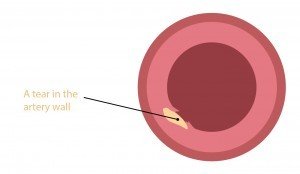 We'll begin with how heart disease develops. According to the U.S. National Library of Medicine, “The most common cause of heart disease is narrowing or blockage of the coronary arteries, the blood vessels that supply blood to the heart itself. This is called coronary artery disease and happens slowly over time. It’s the major reason people have heart attacks.”So, what prompts this narrowing of coronary arteries?It starts with damage to the inner layers of the arteries. The National Heart, Lung, and Blood Institute (NHLBI) lists the following factors as contributing to such damage...
We'll begin with how heart disease develops. According to the U.S. National Library of Medicine, “The most common cause of heart disease is narrowing or blockage of the coronary arteries, the blood vessels that supply blood to the heart itself. This is called coronary artery disease and happens slowly over time. It’s the major reason people have heart attacks.”So, what prompts this narrowing of coronary arteries?It starts with damage to the inner layers of the arteries. The National Heart, Lung, and Blood Institute (NHLBI) lists the following factors as contributing to such damage...
- Blood vessel inflammation
- High blood cholesterol levels
- High blood pressure
- High blood sugar (due to diabetes or insulin resistance)
- High levels of certain fats in the blood
- Smoking
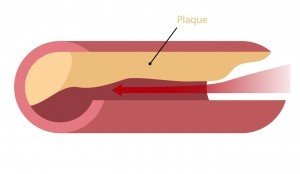 Once the arteries are damaged by any of these factors, plaque starts to build up.What is plaque?"Plaque is made up of fat, cholesterol, calcium, and other substances found in the blood" (source). It starts out as relatively flexible, but then it hardens. As plaque builds up in the arteries, it narrows the space that blood needs in order to move through the body. Plaque buildup in the arteries is called atherosclerosis, and the NHLBI explains why this is dangerous: "Hardened plaque narrows the coronary arteries and reduces the flow of oxygen-rich blood to the heart. This can cause angina (chest pain or discomfort)."Of course, that's not the only danger. Plaque can also rupture. When it breaks open, blood cells flock to the injury and can build up at the site. This further blocks blood flow and leads to the formation of blood clots.Blood clots are really scary.
Once the arteries are damaged by any of these factors, plaque starts to build up.What is plaque?"Plaque is made up of fat, cholesterol, calcium, and other substances found in the blood" (source). It starts out as relatively flexible, but then it hardens. As plaque builds up in the arteries, it narrows the space that blood needs in order to move through the body. Plaque buildup in the arteries is called atherosclerosis, and the NHLBI explains why this is dangerous: "Hardened plaque narrows the coronary arteries and reduces the flow of oxygen-rich blood to the heart. This can cause angina (chest pain or discomfort)."Of course, that's not the only danger. Plaque can also rupture. When it breaks open, blood cells flock to the injury and can build up at the site. This further blocks blood flow and leads to the formation of blood clots.Blood clots are really scary.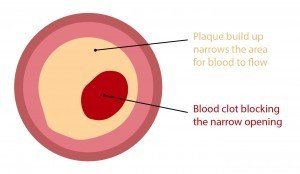 A blood clot that gets big enough to block an artery (or which breaks free and flows into a plaque-narrowed artery to block things from there) can cut off or severely limit the flow of blood and cause a heart attack. A blood clot that blocks blood flow to the brain can cause a stroke. A clot that travels up to the brain itself can also cause a stroke (source).Who would have guessed that coronary artery disease (also known as coronary heart disease, CAD, or CHD) would lie at the base of so many health dangers? Now that we've learned more about the dangers of artery damage, it should come as no surprise that, according to the NHLBI, "CHD is the most common type of heart disease. In the United States, CHD is the #1 cause of death for both men and women."What can your clients do to lower their risk of CHD? The answer lies in the member-exclusive post, Heart Disease Prevention Tips. With a closer look at diet, physical activity, and lifestyle, this post is a can't-miss resource for health educators. The new PDF handout doesn't hurt either.
A blood clot that gets big enough to block an artery (or which breaks free and flows into a plaque-narrowed artery to block things from there) can cut off or severely limit the flow of blood and cause a heart attack. A blood clot that blocks blood flow to the brain can cause a stroke. A clot that travels up to the brain itself can also cause a stroke (source).Who would have guessed that coronary artery disease (also known as coronary heart disease, CAD, or CHD) would lie at the base of so many health dangers? Now that we've learned more about the dangers of artery damage, it should come as no surprise that, according to the NHLBI, "CHD is the most common type of heart disease. In the United States, CHD is the #1 cause of death for both men and women."What can your clients do to lower their risk of CHD? The answer lies in the member-exclusive post, Heart Disease Prevention Tips. With a closer look at diet, physical activity, and lifestyle, this post is a can't-miss resource for health educators. The new PDF handout doesn't hurt either. Of course, I wouldn't leave you without a new handout that covers the basics of what we've discussed in this post. So, without further ado, here is a PDF handout all about heart disease...
Of course, I wouldn't leave you without a new handout that covers the basics of what we've discussed in this post. So, without further ado, here is a PDF handout all about heart disease...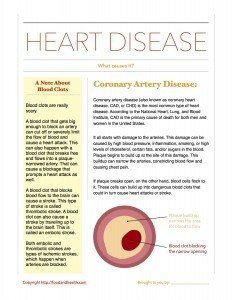 And it will come as no surprise that there are lots of heart health resources in the Nutrition Education Store. Here are a few that I thought would be especially helpful for you.
And it will come as no surprise that there are lots of heart health resources in the Nutrition Education Store. Here are a few that I thought would be especially helpful for you.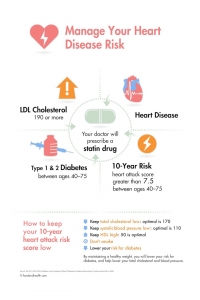
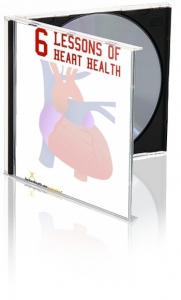
 We're here to help you look your very best, right now.
We're here to help you look your very best, right now.


